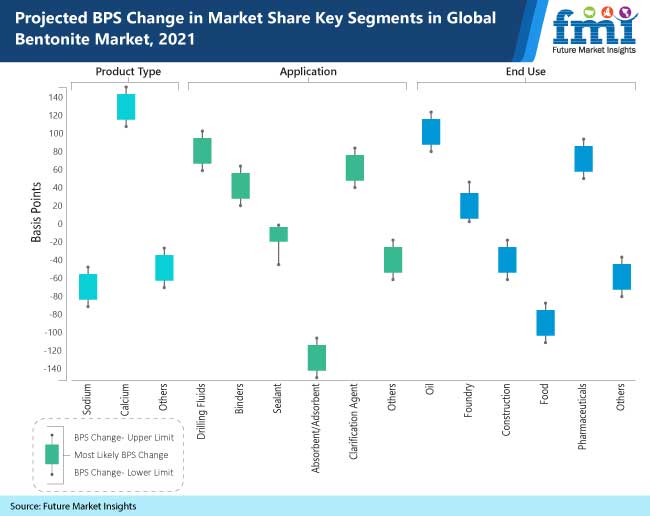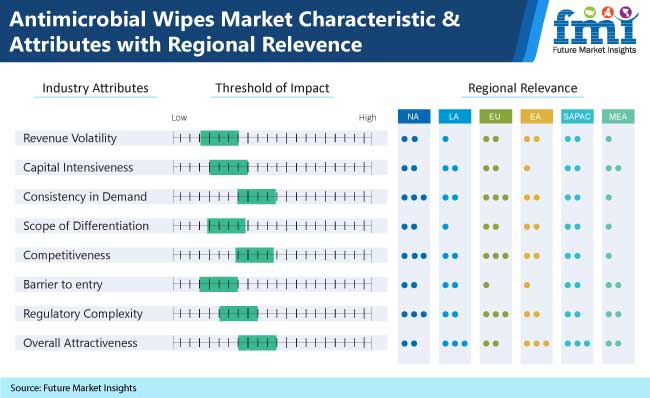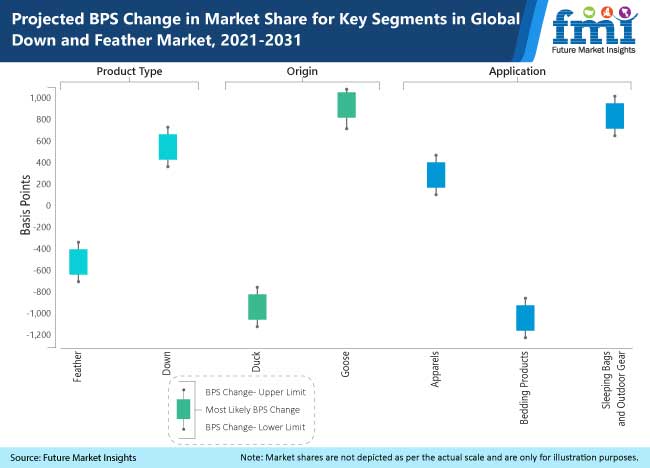Future Market Insights in its market intelligence report on pharmaceutical solvents opines that the market’s success continues to witness a sharp rise with high expenditure on healthcare, new drug delivery systems and medicines. According to FMI’s analysis, the pharmaceuticals sector has witnessed 150% increase over the last decade.
Poised to surpass US$ 3.43 Bn by the end of 2030, the pharmaceutical solvents industry is betting on attaining a balance between pharmaceutical purity and the impact of solvent use in drugs on the users and the environment at large.
Efficacious supply chains which include recycling of solvents and remanufacturing will pave way for negligible impact on environment and greater product purity.
- To Get a Sample Copy of the Report visit @ https://www.futuremarketinsights.com/reports/sample/rep-gb-1939
Key Takeaways of Pharmaceutical Solvents Market Study
- Alcohol solvents will remain sought-after through 2030 with high uptake in the production of sanitizers amidst the COVID-19 crisis
- The race for new vaccine development is creating prolific opportunities for market players in the near-term
- Acetone, glycerin and chelating agents will capture one-third market share in 2020 with growth underpinned by high demand for these in hygiene products and sanitizers
- The soaring popularity of green solvents is set to improve process yields and lower operational costs of manufacturers in the pharmaceutical solvent landscape
Asia Pacific Continues to Gain Momentum
The biggest pharmaceutical companies such as Merck, Novartis, Roche and Pfizer are heavily dependent on the APIs and solvents from countries such as China and India who have a hegemony on global supply chains. By volume India secures an enviable third position in the manufacture of pharmaceuticals. Cumulatively China and India account for nearly 80% of APIs and solvents that are imported to other regions.
This has huge ramifications amidst the ongoing COVID-19 crisis as the world is looking at these regions for pharmaceuticals if the pandemic is to be contained. India on the back of un-patented generic drugs that are priced low also has a huge network of FDA approved solvent plants that supply nearly 45% of formulations to pharma companies in US. However with wariness towards China setting in, many are now looking closely at India for API and solvent supply on the back of a desire for cost savings and better compliance with environmental regulations.
With solvents playing a nuanced role in novel drug delivery systems, major manufacturers of pharmaceutical solvents are ardently researching product developments that meet exacting pharmaceutical legislations and regulations. Towards this, deep eutectic solvent (DES) is garnering great interest as a green solvent.
Its superior properties such as non-reactivity to water, high solvency and non-inflammability makes it ideal for a large range of solutes. The raw materials used in these are also less toxic and inexpensive thus making them highly suitable for nanoparticle synthesis, drug delivery and as self-assembled drug carriers
- Request Complete TOC Of this Report @ https://www.futuremarketinsights.com/toc/rep-gb-1939
Find More Valuable Insights on Pharmaceutical Solvents Market:
FMI in its new market research study, offers an unbiased analysis of the pharmaceutical solvents market which comprises global industry analysis for 2015–2019 and opportunity assessment for the 2020–2030. The report offers complete analysis on global pharmaceutical solvents market through two different categories – by chemical group and region. The global pharmaceutical solvents market study provides information of pricing by different application analysis, product life cycle, capacity assessment, key market trends and technologies which are being implemented in the deployment of pharmaceutical solvents and product adoption in varied end use industries.
Taxonomy:
By Chemical Group
- Alcohol
- Ethanol
- Isopropanol
- Propanol
- Propylene Glycol
- Amine
- Aniline
- Diphenylamine
- Methylethanolamine
- Trimethylamine
- Ester
- Acetyl Acetate
- Ethyl Acetate
- Butyl Acetate
- Ether
- Diethyl Ether
- Anisole
- Polyethylene Glycol
- Chlorinated Solvents
- Carbon tetrachloride
- Dichloromethane
- Others (Chelating Agents, Acetone, glyc
By Region
- North America
- Latin America
- Europe
- South Asia
- East Asia
- Oceania




